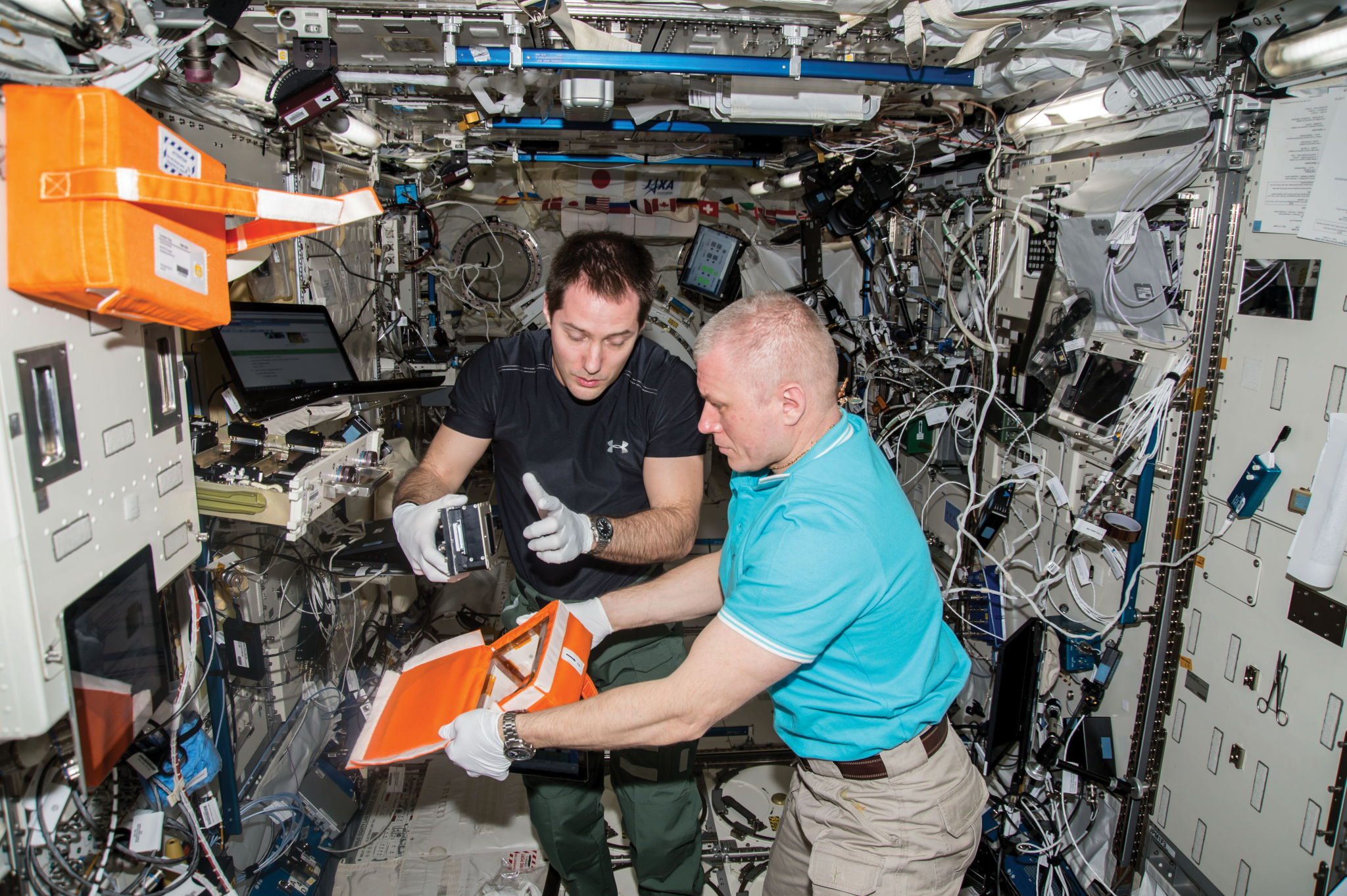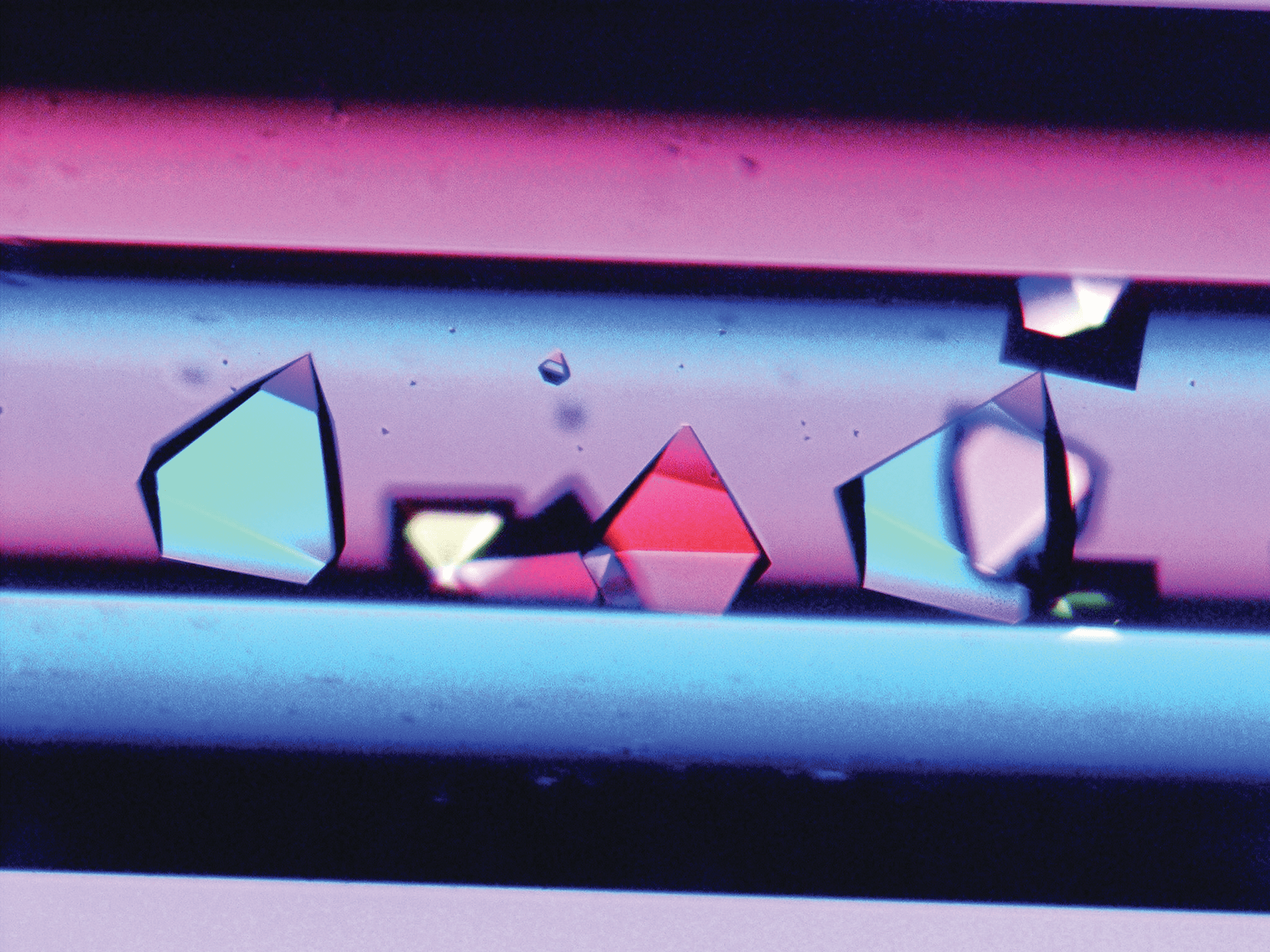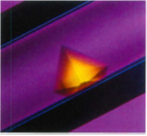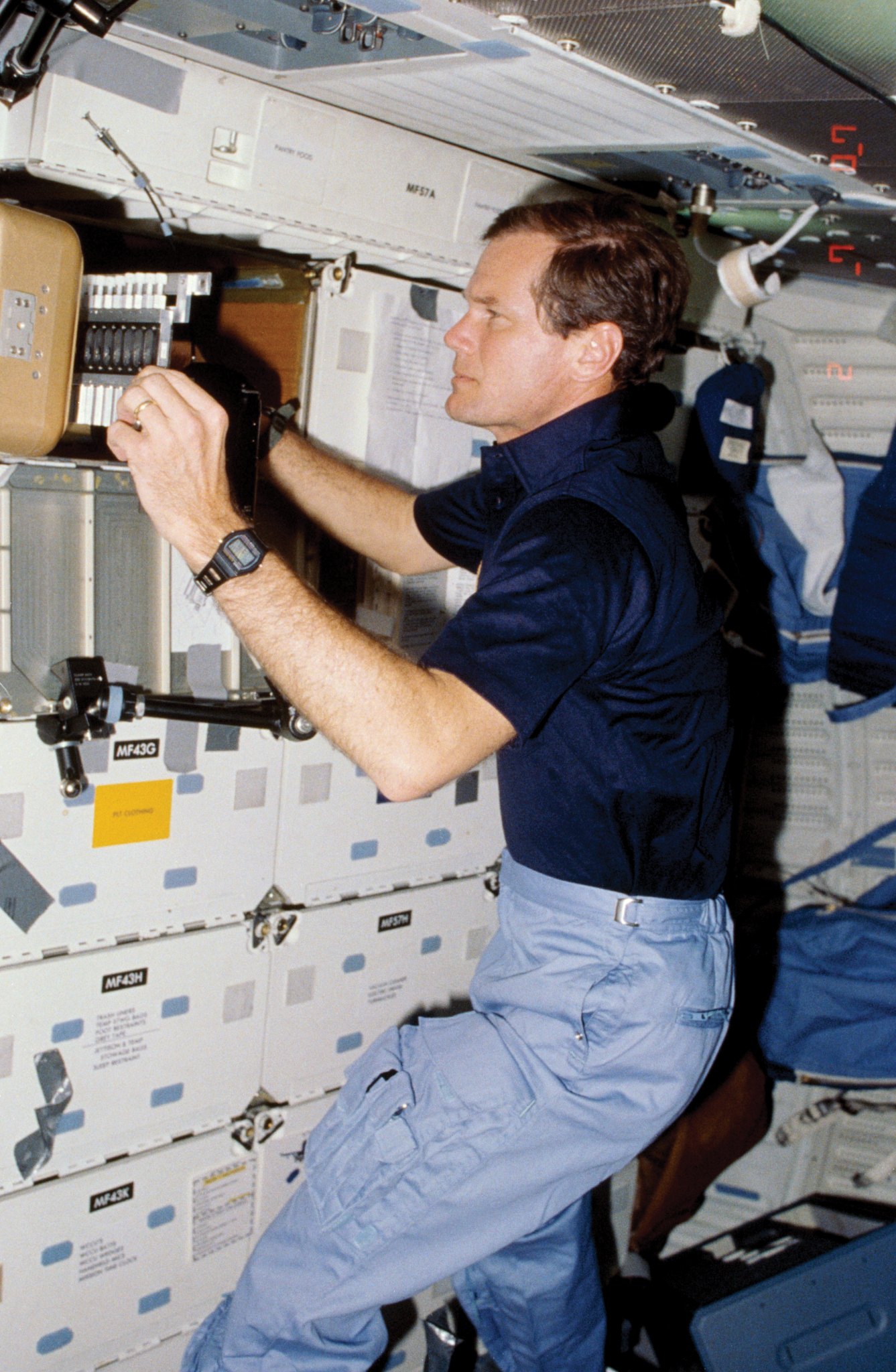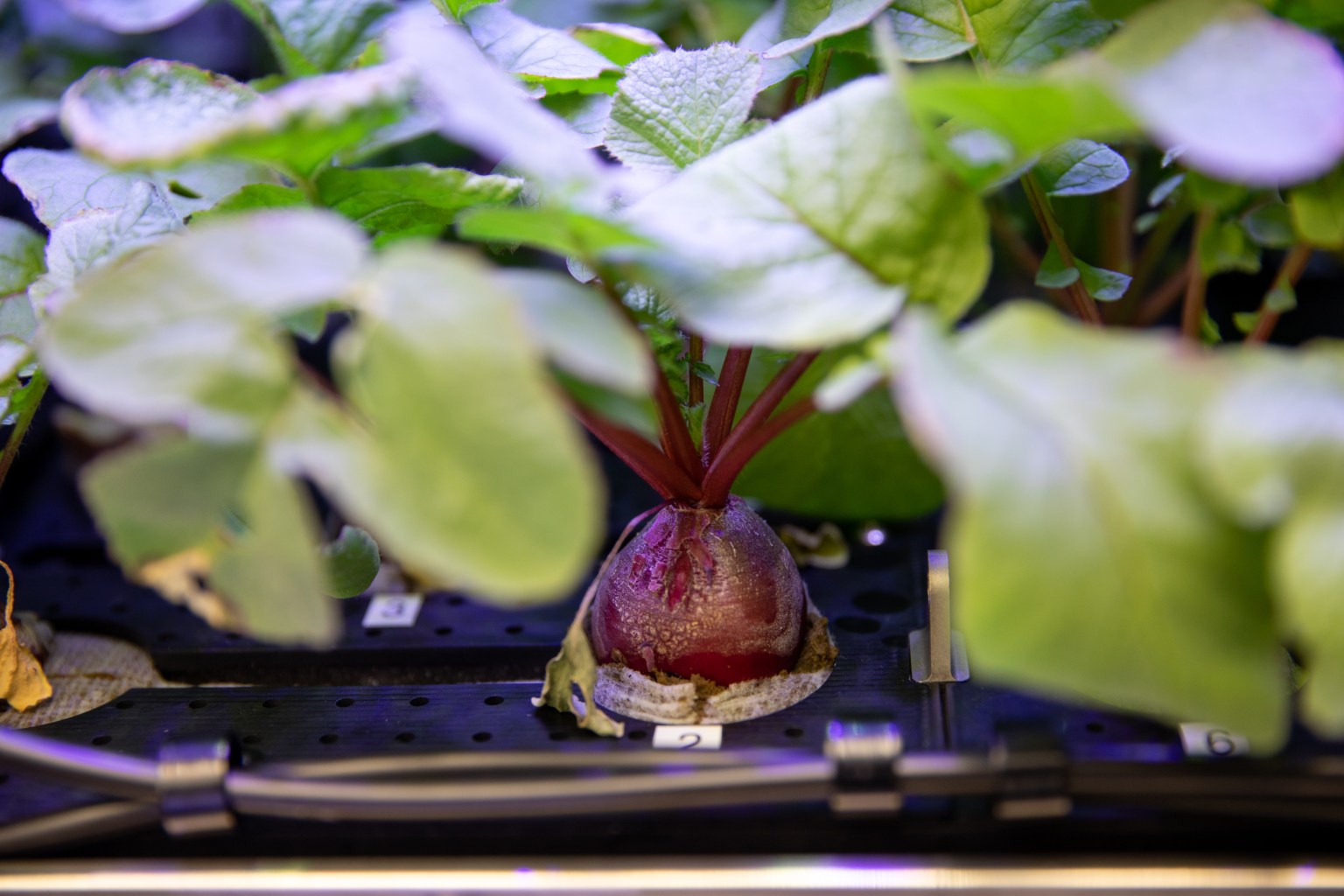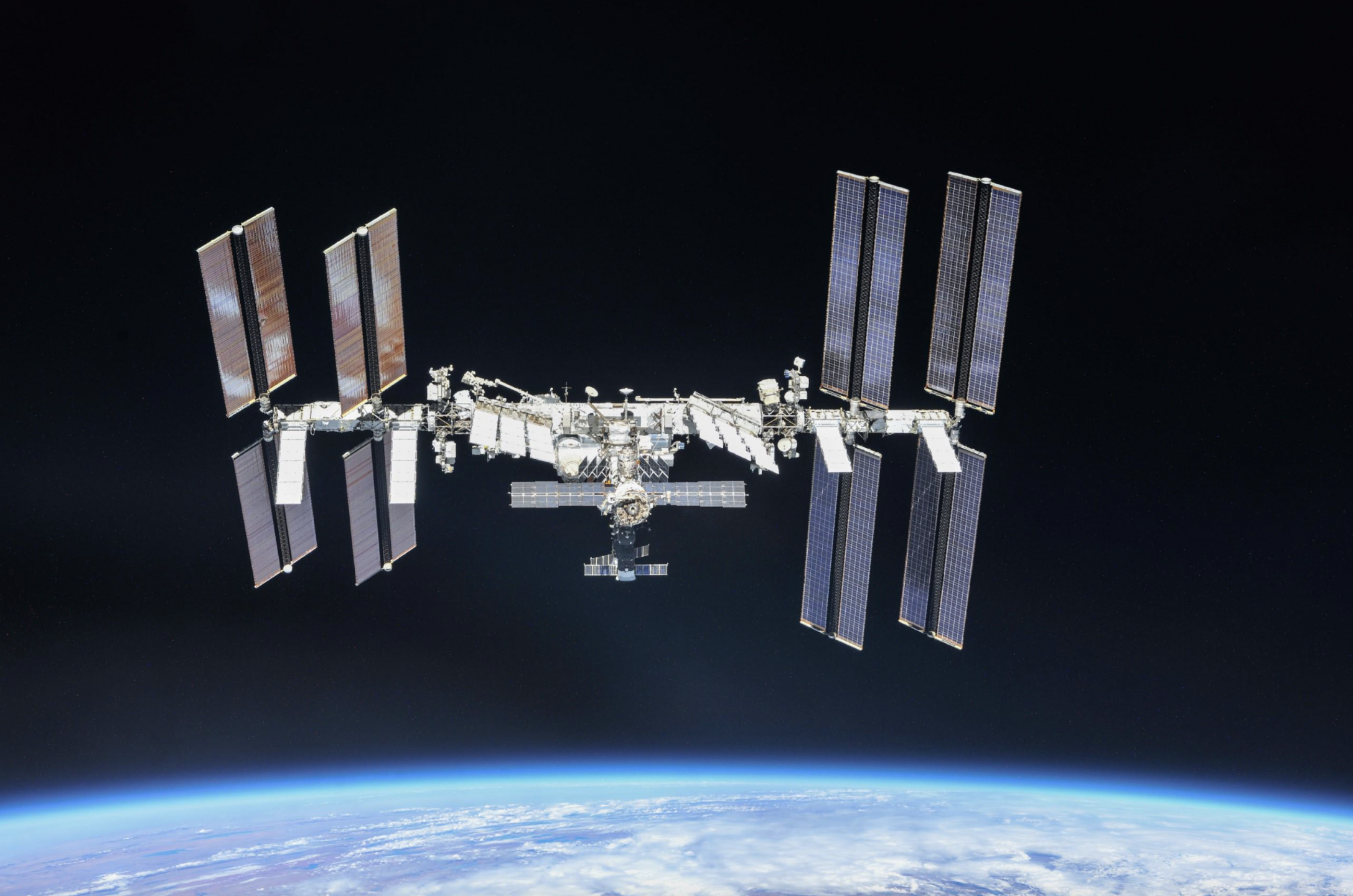Crystals could make possible new and better versions of existing drugs to treat conditions from muscular dystrophy to cancer
Our bodies contain thousands of types of proteins. Proteins are involved in every aspect of our lives, including as essential components of our immune system and as parts of viruses that can make us sick. When we take a medication, it binds to a specific protein in the body. This process changes the protein’s function – and if it works properly, makes us well.
In many diseases, the proteins that can trigger the disease state fit into very specific locations, like a biological keyhole, and the protein of a potential drug for treating that disease must be designed to fit that keyhole. A good fit of key and keyhole results in a more effective medicine with fewer side effects. To achieve that fit, scientists need detailed knowledge of the structure of both proteins, and one of the best ways to analyze a protein structure is to grow it in crystalline form.
During the Space Shuttle and Mir programs, researchers discovered that they could produce higher quality protein crystals in microgravity than on Earth. For more than two decades now, the International Space Station has continued to serve as a platform for growing crystals for research purposes. Drug companies and academic researchers alike have conducted more than 500 protein crystal growth (PCG) experiments as of 2021 – by far the largest single category of experiments conducted on the station.
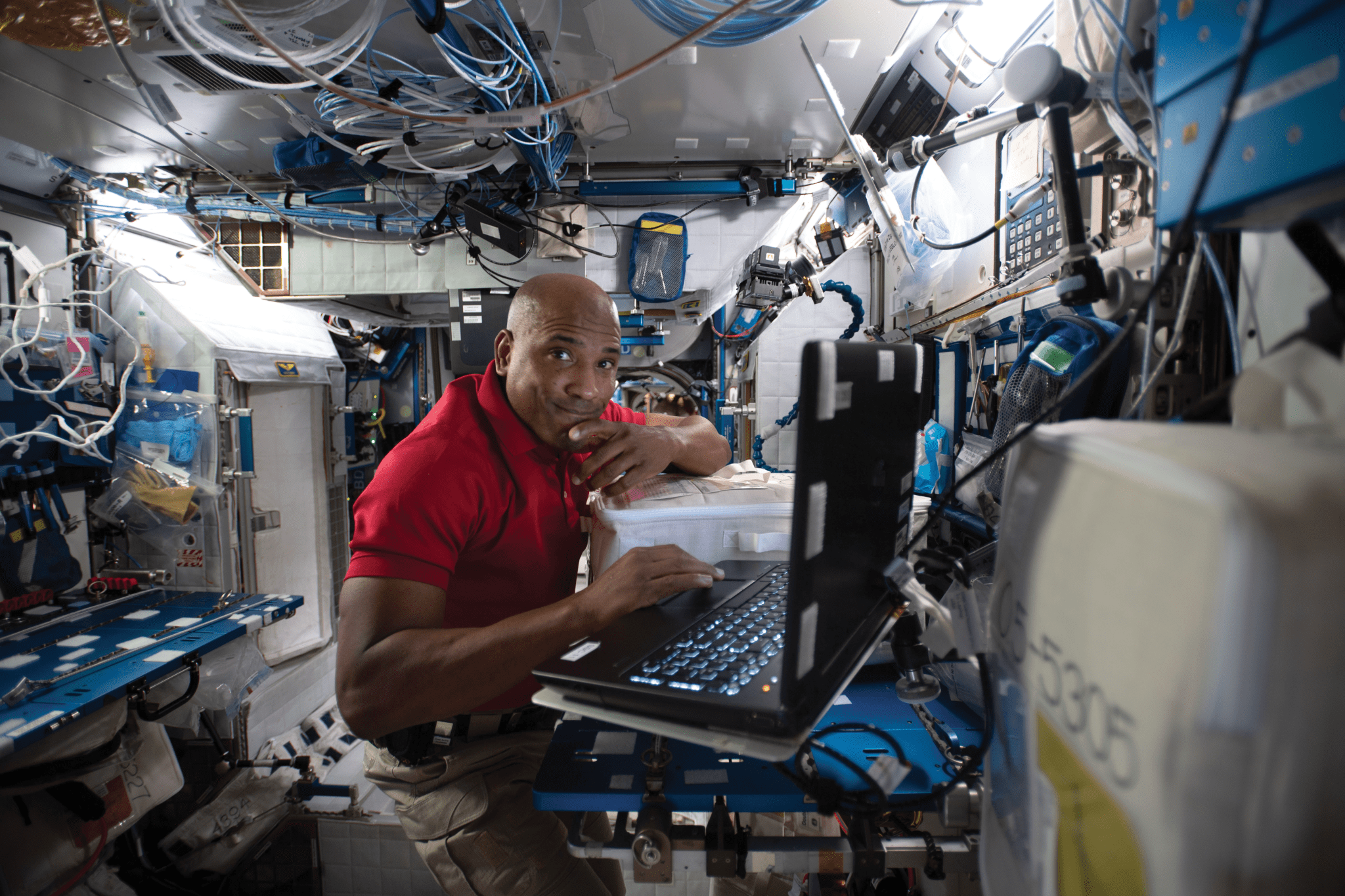
Determining the protein structure by X-ray diffraction requires the diffraction pattern from a protein crystal. The better a crystal diffracts X-rays, the more accurately this method can determine the structure of the protein. Since 2005, the Kristallizator program from the State Space Corporation ROSCOSMOS (ROSCOSMOS) has created single protein crystals especially suited for this analysis. Growing the crystals in microgravity significantly improves their quality and allows for greater three-dimensional resolution during analysis.
One outcome of the Kristallizator studies has been the growth of crystals that helped determine the structure of a target for anti-tuberculosis drugs. According to the U.S. Centers for Disease Control, more than 1 million people die from tuberculosis annually. It is difficult to treat because tuberculosis bacteria quickly adapt to medications. This ROSCOSMOS study revealed that the channel in the center of the molecule where the components of the reaction are bound changes its diameter during the reaction. Understanding this process could help scientists develop a treatment.
PCG research from many countries is showing promise for creating medications and treatments for a variety of diseases, including Duchenne Muscular Dystrophy (DMD), a currently incurable genetic disorder. A Japan Aerospace Exploration Agency (JAXA) study of the crystal structure of the protein associated with DMD provided hints for compounds that could inhibit it. Yoshihiro Urade, professor at the University of Tsukuba in Tsukuba, Japan, used those hints to design several promising compounds, including TAS-205. A 2015 study verified the safety of TAS-205 for use in humans, and a clinical trial in human patients was completed in 2017. The research team estimates the drug may slow the progression of DMD by half, potentially doubling the lifespan of many patients.
Co-investigator Mitsugu Yamada of JAXA says a larger Phase 3 trial to examine the effectiveness of TAS-205 in situations similar to actual clinical use began in December 2020 and will continue until 2027.
Overall, the JAXA PCG investigation has studied protein crystal growth in microgravity for more than 20 years, providing precise structures of many protein types and leading to the discovery of potential drugs for breast cancer and periodontal or gum disease in addition to muscular dystrophy. While details are yet to be disclosed, Yamada says development of those drugs is going well, with some in preclinical trials.
In addition to creating completely new treatments, PCG research on station can lead to the formulation of drugs that are easier to store and last longer. For example, formulas that are stable at room temperature for long periods of time eliminate the need for refrigeration, lowering cost and simplifying distribution. Refrigerated drugs degrade over time and sometimes must be discarded, also increasing cost and limiting access for patients. An investigation sponsored by the International Space Station National Laboratory, CASIS PCG 19, examined the stability of monoclonal antibody formulation. Monoclonal antibodies are drugs made from large, complex molecules taken from living organisms such as microbes or human or animal cells. CASIS PCG 19 could reveal the processes that lead to their degradation and, ultimately, help identify ways to slow it down.
Also sponsored by the ISS National Laboratory, PCG-5 focused on another aspect of drug formulation: how a drug is given to the patient. The study worked to grow a more uniform crystalline form of the monoclonal antibody Keytruda®, which is used to treat several types of cancers, including melanoma and lung cancer. Monoclonal antibodies do not dissolve easily in liquid. That makes it difficult to create a drug that can be given via an injection in a doctor’s office rather than having the patient spend hours in a clinic setting to receive the drug intravenously. PCG-5 produced high-quality crystalline suspensions that could make possible delivery of Keytruda® by injection, not only making treatment more convenient for patients and caregivers, but also significantly reducing cost.
Based on the success of PCG-5, Reichert and his team conducted a follow-up experiment, PCG 20, on the space station in 2022. PCG 20 investigated other variables in microgravity with additional methods targeted at understanding how to create higher order, purer, and more uniform crystalline suspensions of Keytruda® on Earth. This work is ongoing, as is research on other potential therapeutics, according to principal investigator Paul Reichert of Merck Research Laboratories.
Reichert has been involved in microgravity research for more than 25 years, first aboard the space shuttle and then more advanced research aboard station. He says he uncovers something new with every experiment. “It is the unexpected that keeps me coming back.”
He focuses on using his experiences and results to promote use of the space station for research by others.
“The Merck team developed simple research hardware and processes for our own research and to entice a broader group of scientists from other disciplines into microgravity research,” Reichert said. “We also design experiments such that we can publish our results to the research community and general public. I think there are a lot of microgravity research opportunities and I am going to continue to try to encourage people in diverse scientific areas to think about how they could benefit and learn from doing microgravity research.”
JAXA also has worked to increase interest in PCG research.
“In recent years, we have been developing membrane protein crystallization technology and are preparing to provide it as a standard service to many researchers,” Yamada says. “We believe that this will lead to further results from space experiments.”
In addition to showing promise in drug development, the JAXA work on crystallizing proteins in microgravity inspired development of an artificial albumin. Albumin is the most abundant protein in blood, but it is difficult to crystallize on Earth. Researchers used the space station to crystalize albumin from cats and dogs to better understand the structures of these proteins and how they are made. The work has potential applications in veterinary medicine.
“Human serum albumin preparation is manufactured from donated blood and is widely used in clinical practice,” says Teruyuki Komatsu, a professor at Chuo University in Japan and co-author on a paper reporting the results. “There is no Red Cross Society for dogs and cats, though, and veterinarians in animal hospitals have trouble providing blood transfusion treatments. This could help solve the shortage of animal blood.”
The artificial albumin must be manufactured in large quantities with high purity, and so far, cost has prohibited large-scale testing in animals, Komatsu explains.
Other studies aboard the space station advance the field of protein crystallization itself. The LMM Biophysics-2 experiment team found a new, faster process for growing high-quality crystals of an antipsychotic drug aboard the space station. This process could provide a better understanding of the underlying chemistry of the drug and lead to improved medications to treat psychiatric disorders.
Availability of the space station as a platform for growing high-quality protein crystals continues to be key to bringing people on Earth new and better treatments for diseases.




























